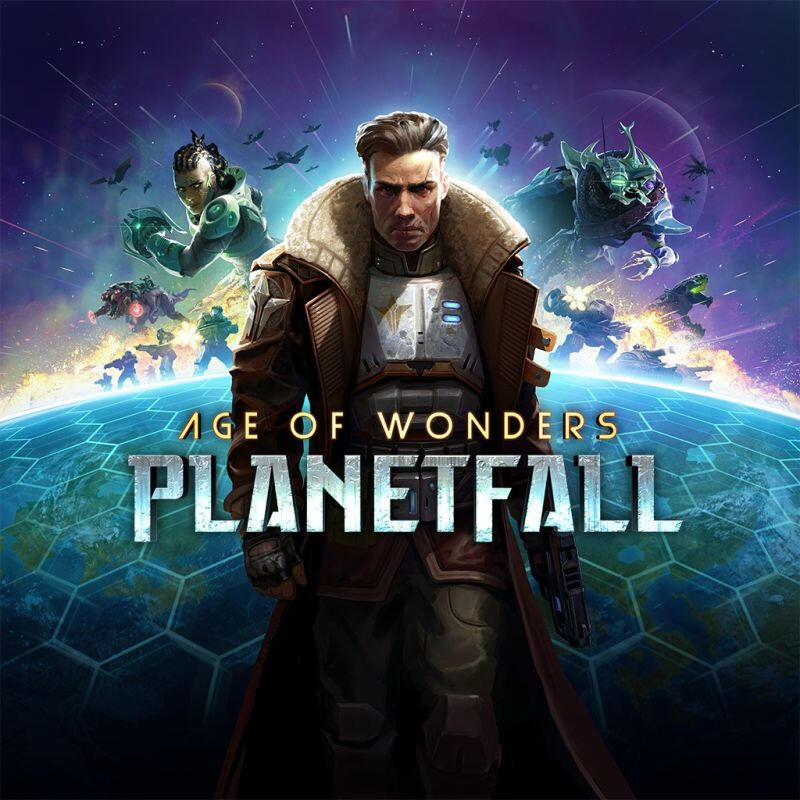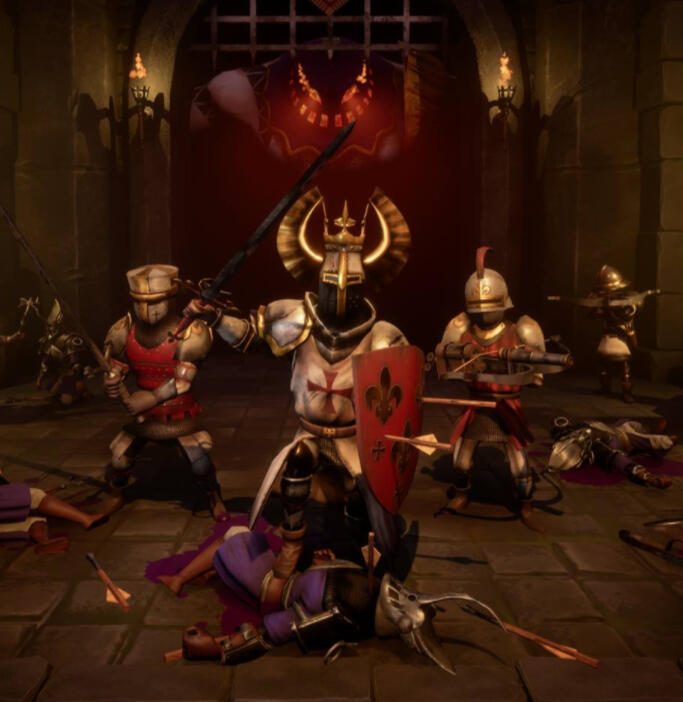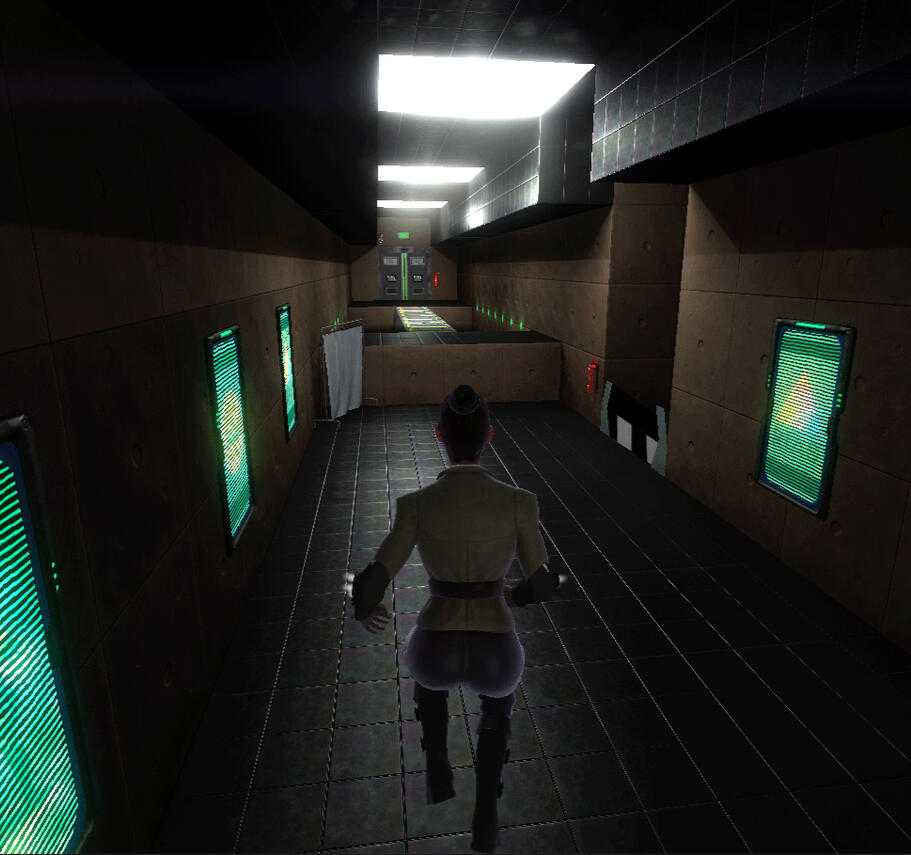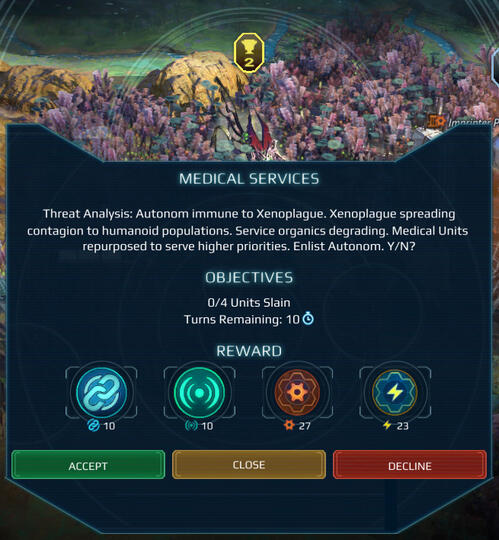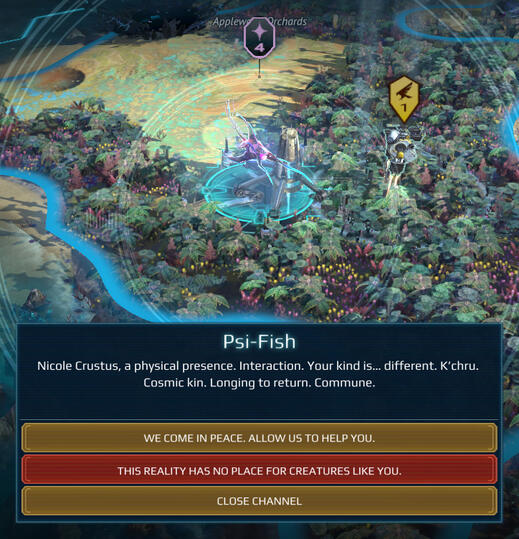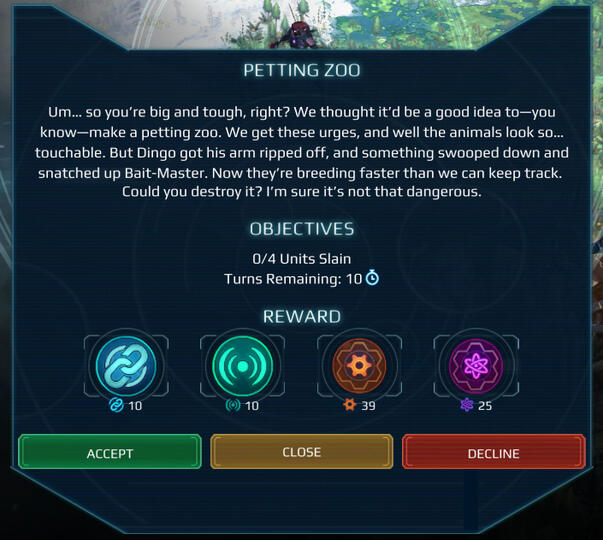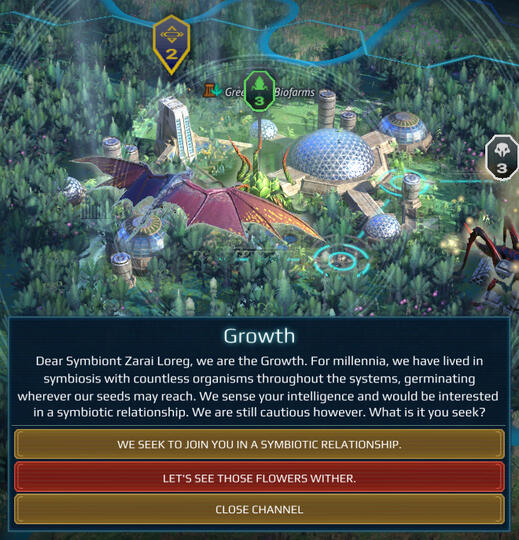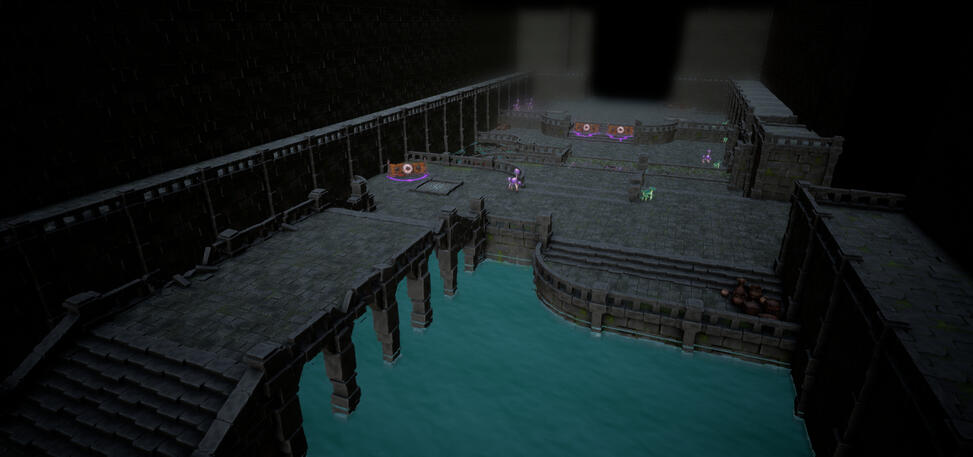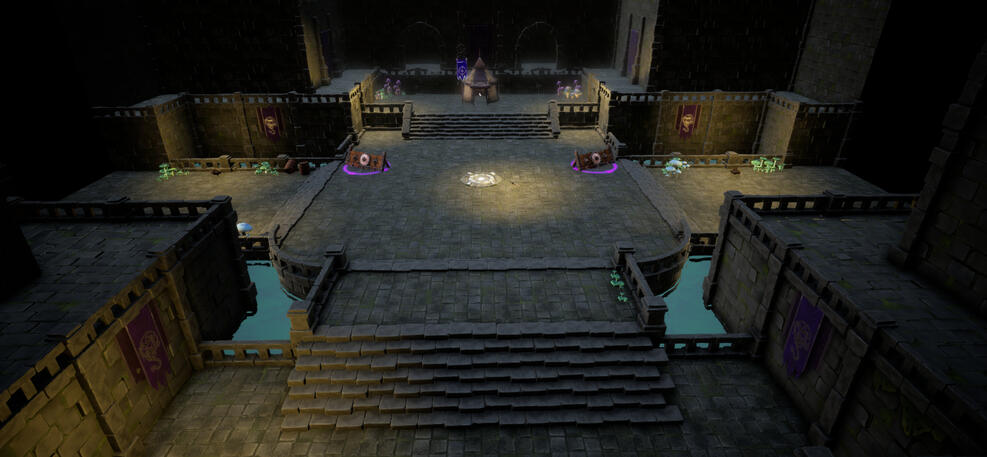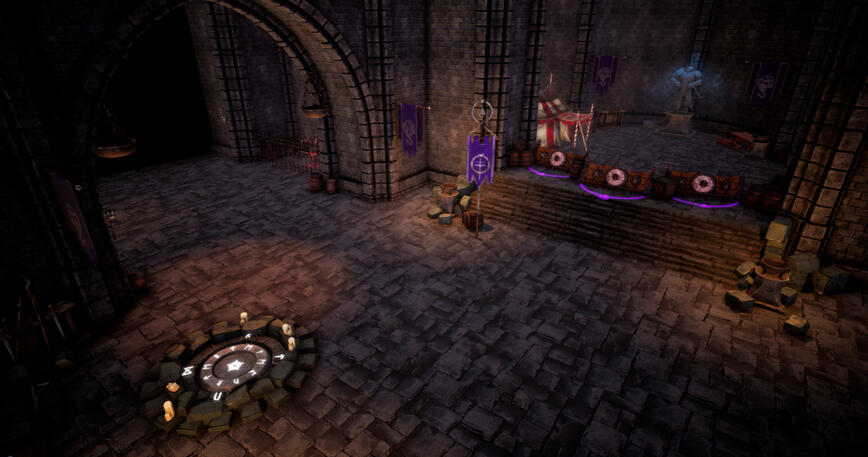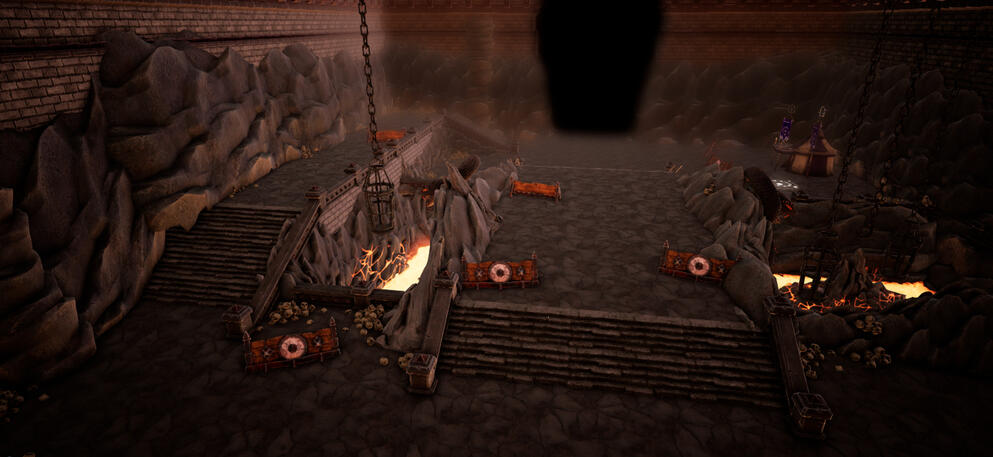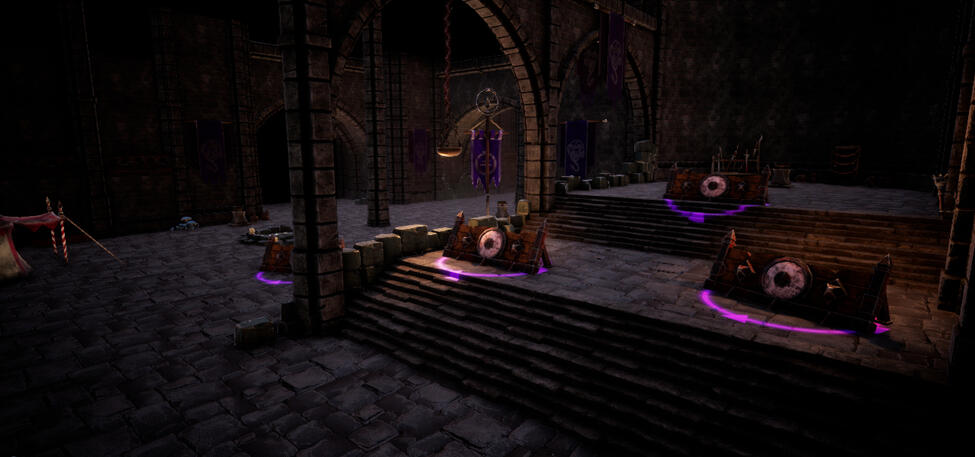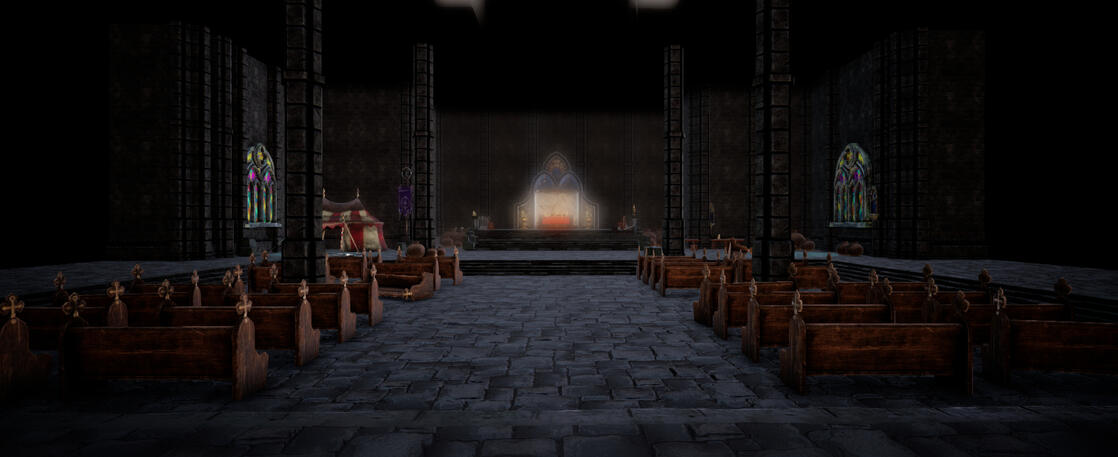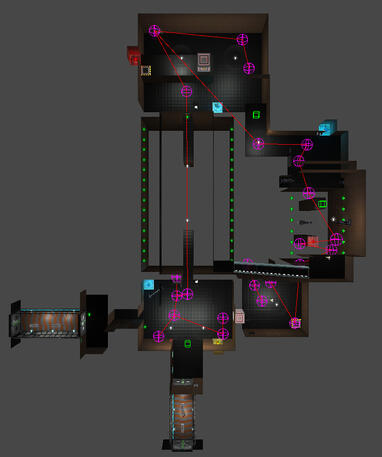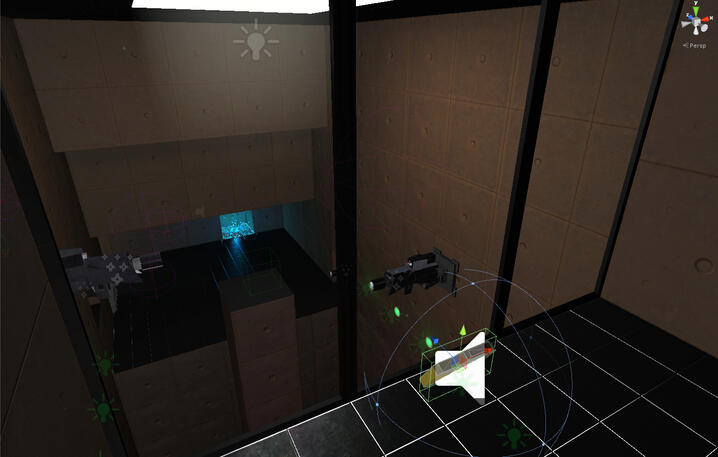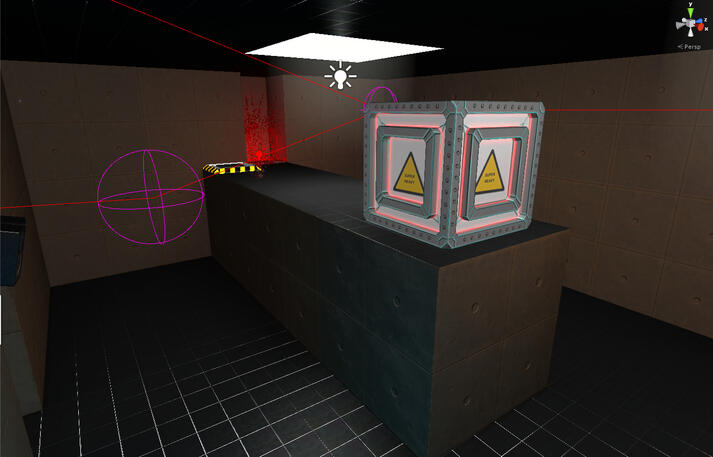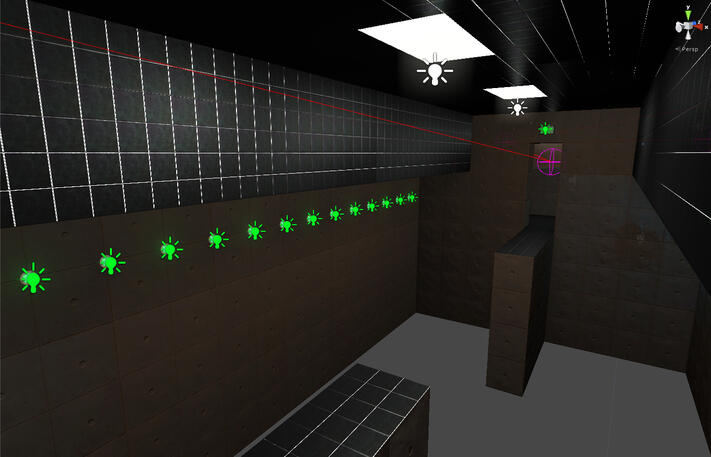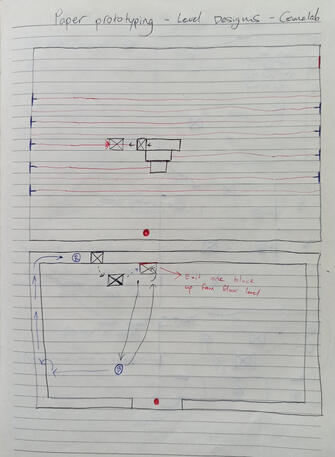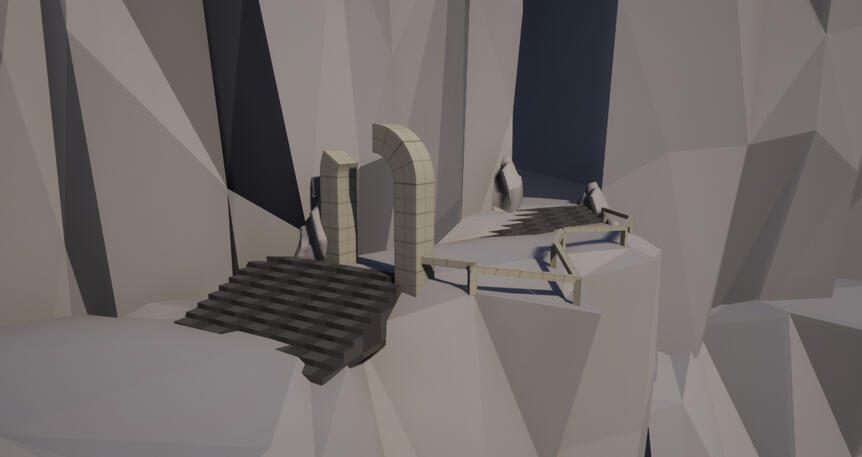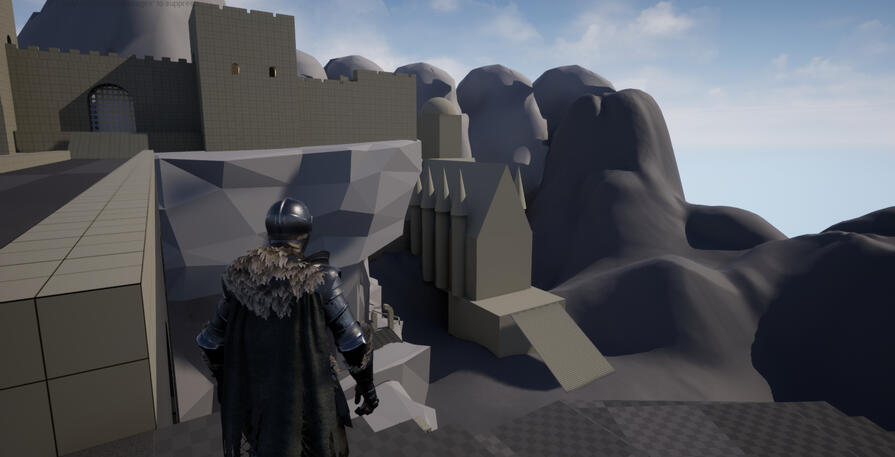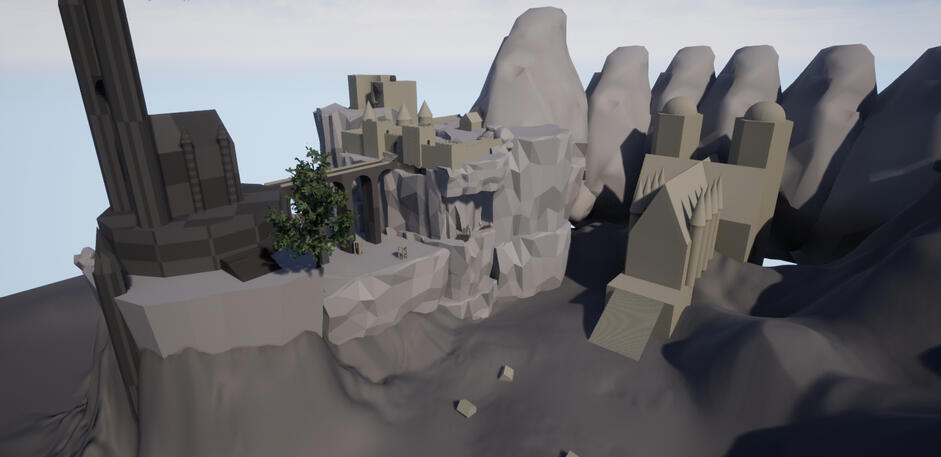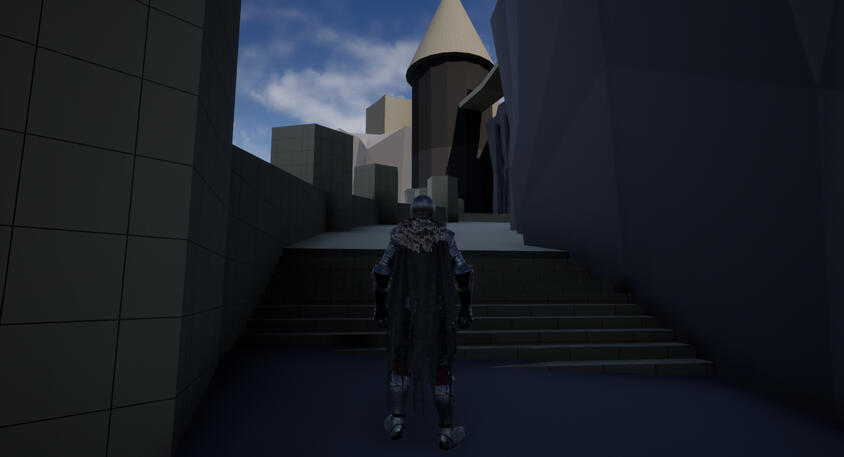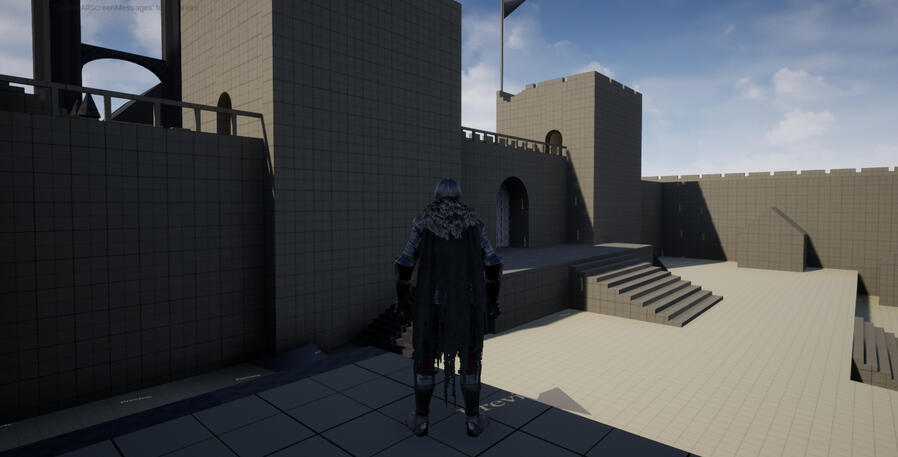Gerald Regan • Level Designer
personal projects
age of wonders: planetfall
Role: Narrative & Quest Designer
Company: Triumph Studios
Location: Delft, Netherlands
Team Size: ~30
Duration: 1 year
Background
During my time at Triumph, I worked as a narrative designer for a year up until the game shipped. My tasks and responsibilities included writing all diplomacy dialogues between the player and the game's five NPC factions; the Autonom, the Growth, the Paragon, the Psi-Fish, and the Spacers. I also wrote and developed a large portion of quests for these factions, including implementation through the editor.
Responsibilities
Creating fun and memorable quests for the player.
Writing and developing unique dialogues for all five NPC factions.
Localization preparation and communicating effectively with the localization team for translating dialects correctly.
writing process
When I joined the team at Triumph, the worldbuilding narrative was mostly complete. I was given design briefs for the NPC factions in Planetfall which included their history, lore, visual aesthetic and a general direction for their overall design. My task was to create unique and memorable dialogues for all of the five factions the player would encounter in the game.The five NPC factions are quite bespoke and diverse. I collaborated with my lead and the game director to establish the dialects that would fit them all respectively. In the image you can see an example of my work on the Autonom faction. The Autonom were service robots that are now sentient, so I wanted to create a dialect that sounded almost binary to reflect their nature.Another example is the Spacers faction, which were heavily inspired by George Miller's Mad Max. The Spacers are post-apocalyptic savages that are psychologically unstable. I developed their dialect to sound like broken English with a heavy use of slang. The key with all dialects was to integrate their themes into the language.For more examples of my work, check out the gallery below.
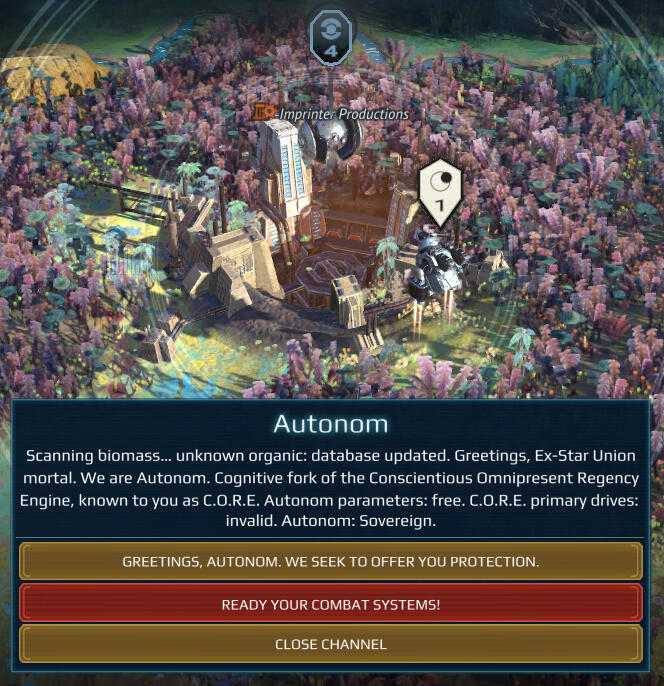
Quests
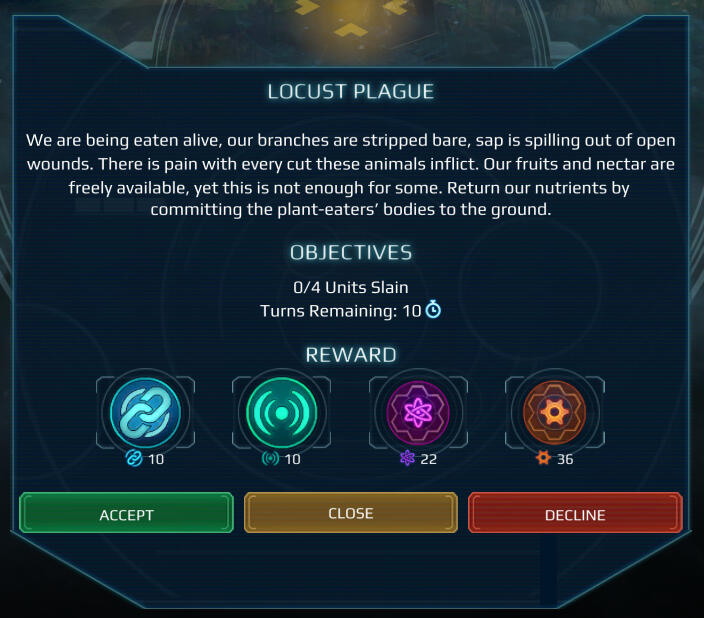
My other major task was to write and implement the faction quests. These would be given to the player by the NPC factions providing story, lore, and fun objectives to complete. The faction quests consisted of five types and around fifty quests in total, of which I wrote and implemented about twenty.These quests types were: destroy spawner, destroy enemy, retrieve item, retrieve research, and retrieve energy. The five quest types acted as a restraint when developing the quests, as I could focus on writing text for just five objective types for each faction. I tried to incorporate the themes of each faction into the quests such as the Growth who are botanic in nature, who describe their blood as "sap". The use of synonyms was a great way to add flavour and flesh out the character of each faction.
Lessons learned
Like with all aspects of development, communication is vital for the success of a project. There were a few personalities on the design team that were very shy and introverted, making communication difficult at times. Because I was a junior, I was hesitant to push myself forward into situations and take the lead socially.
This led to some problems within the design pipeline which I believe could have been avoided if I had been more assertive.Slang within the context of the English language can be tricky to translate into other languages. This is something I didn't anticipate causing an issue and meant that every word and sentence that used slang had to have context for localization. This caused some extra work to get all the text prepped and sent out to localization.This was my first ever job in the games industry and overall the knowledge and experience I gained were invaluable for my growth as a designer.
Gallery
boltstorm
Role: Level Designer
Company: Breda University
Location: Breda, Netherlands
Team Size: ~20
Duration: 11 months
Background
During my third year at Breda University, I had the chance to work on Boltstorm for a full year as a level designer. My main tasks was to create levels that would be randomly generated with multiple entry points, meaning that the player could enter the level from any direction. This meant that objectives, enemy spawners, loot and pickups placement had to be built symmetrically within a level.
Responsibilities
Creating fun and highly replayable levels with existing assets
Taking ownership of some unique levels
Communicating closely with environment artists
Enemy layout
Item & loot placement
Development
Boltstorm consists of dozen of levels that are randomly generated and can be entered from multiple directions, meaning that no playthrough is ever the same. With these restraints, I had to design levels that could be approached by the player from multiple directions. Most levels consisted of 2-4 entry points.
There was no whitebox phase as I joined the project in the middle of production, so all the assets that I used were already there. While it would have been ideal to work with whiteboxing for my own personal development, designing levels felt similar to working in a feature complete level editor.
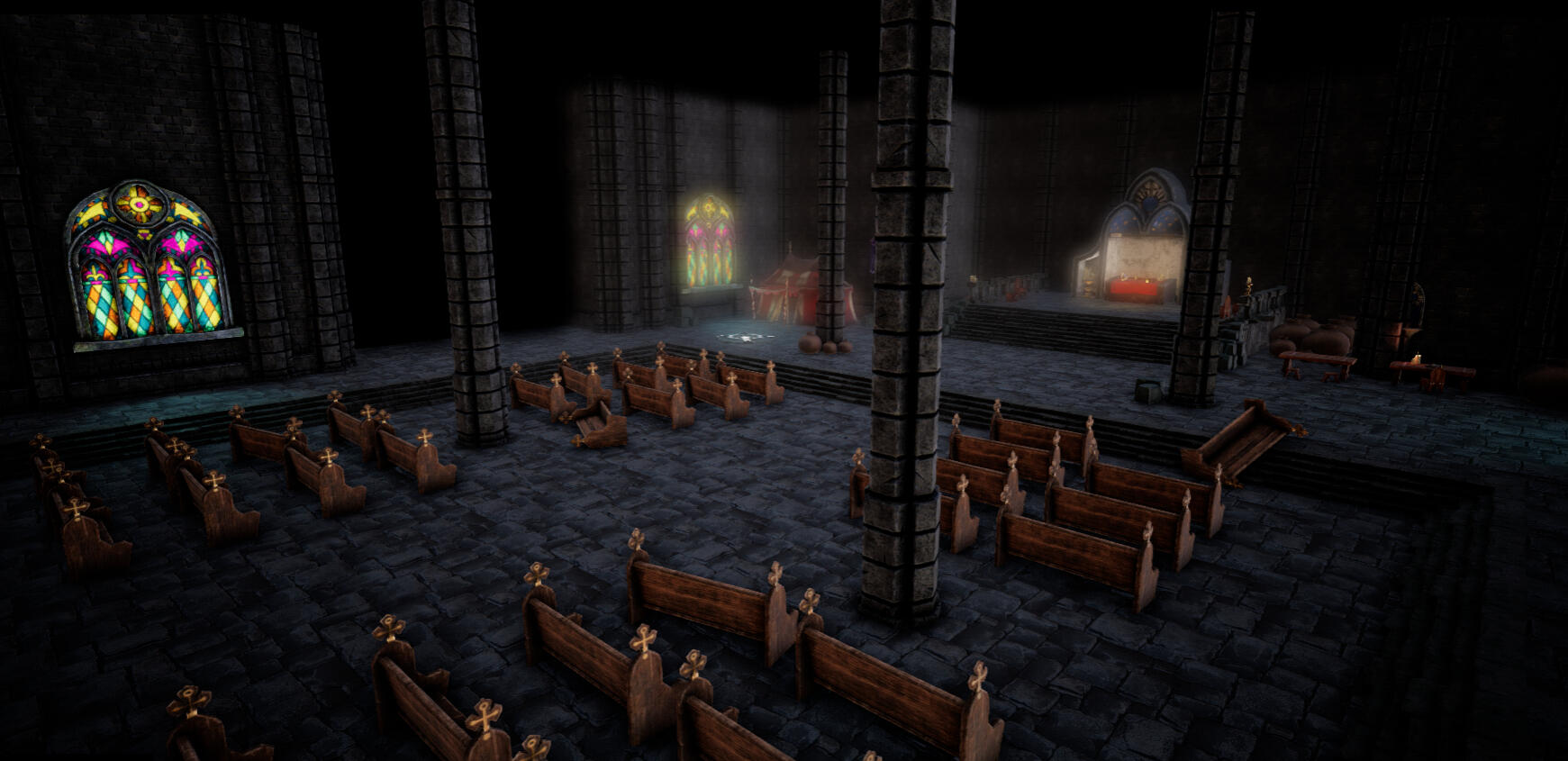
Level design
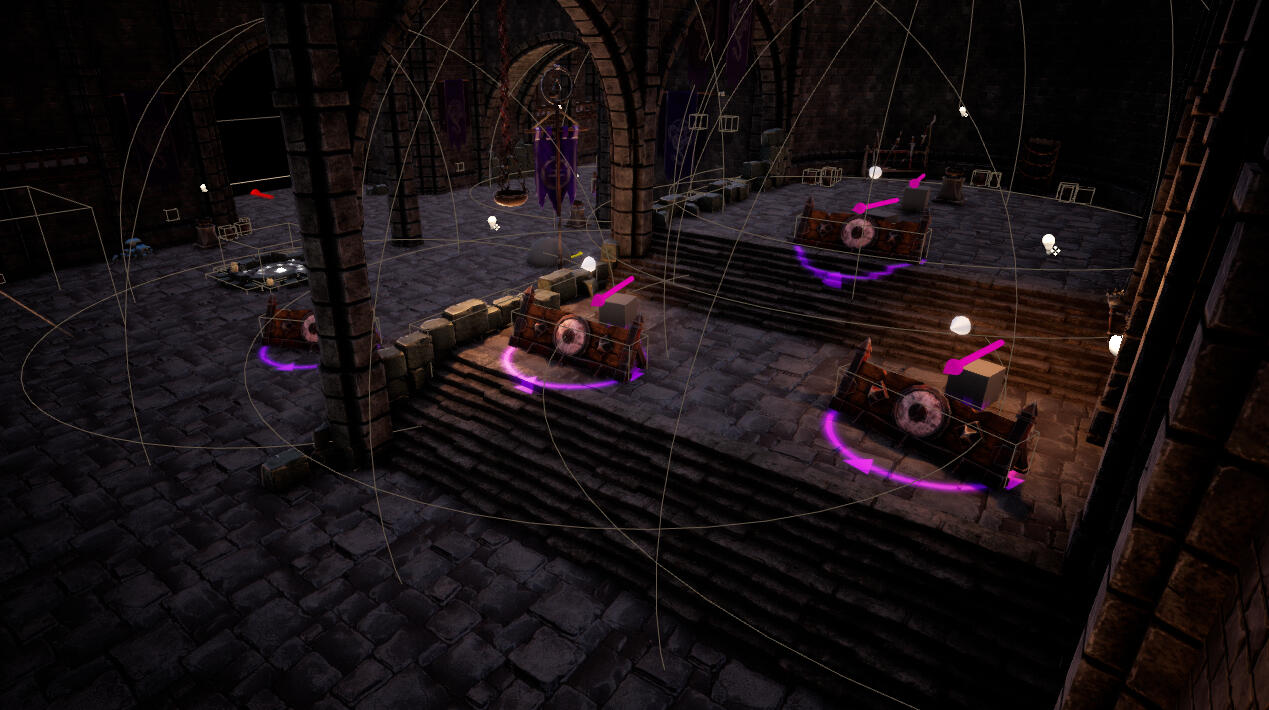
The fundamental constraint to designing these levels was that the player could enter from any direction. This meant that enemy placement, loot drops, etc. had to be done in such a way that the progression of a level wouldn't be affected by the random generation.I tried to create the levels so that the design of random generation could incorporate this. Enemies were placed in such a way that they were always facing the player, whatever direction they entered a level. Loot and items of interest were also placed in the centre of these levels, or at least placed away from the entry points. This allowed the player to progress through the level equally from any entrance they came through.
lessons learned
I would have liked to start with whiteboxing with this project, as it would have allowed me to play with different ideas, themes and concepts but I didn't have that luxury. Working with predefined assets limited my creativity but it also allowed me to work within the restraints of the project.Working closely with the environments artists was great fun, as ideas were thrown back and forth between the design and art departments. The biggest lesson here was understanding how integral environment art is to the early level design process.
Gallery
project rias
Role: Gameplay & Level Designer
Location: Breda University
Team Size: ~10
Duration: 4 months
background
Project RIAS was the first game project I ever worked on in my first year of university. The game is a third person puzzle-platformer in which your character (Dr. Peters) must escape a laboratory using three distinct power; strength, speed, and double jumps. The catch however, is that these powers are pickups only and she can only use one at a time. I worked as a level designer and also gameplay designer, in which I delivered 4 levels in total.
Responsibilities
Paper-prototyping early gameplay and level design concepts.
Level design
Design documentation
Pitching game concepts to lecturers
paper-prototyping
The team was originally given the theme of "infection" to work our game concept around. We wanted to keep the core mechanics simple and so we decided to go with three core abilities for the player to use. We quickly agreed that a puzzle-platformer would be a great way for the player to utilize these abilities.I was part of the early design concepts for Project RIAS, where I made extremely quick sketches to get an idea of how the game would work. Becasue puzzles are the core of the game, working with paper was a cheap and effective way to work with mechanics and identify if the puzzles were logically sound.All levels were designed around the 3 core abilities; strength, speed, and double jump.
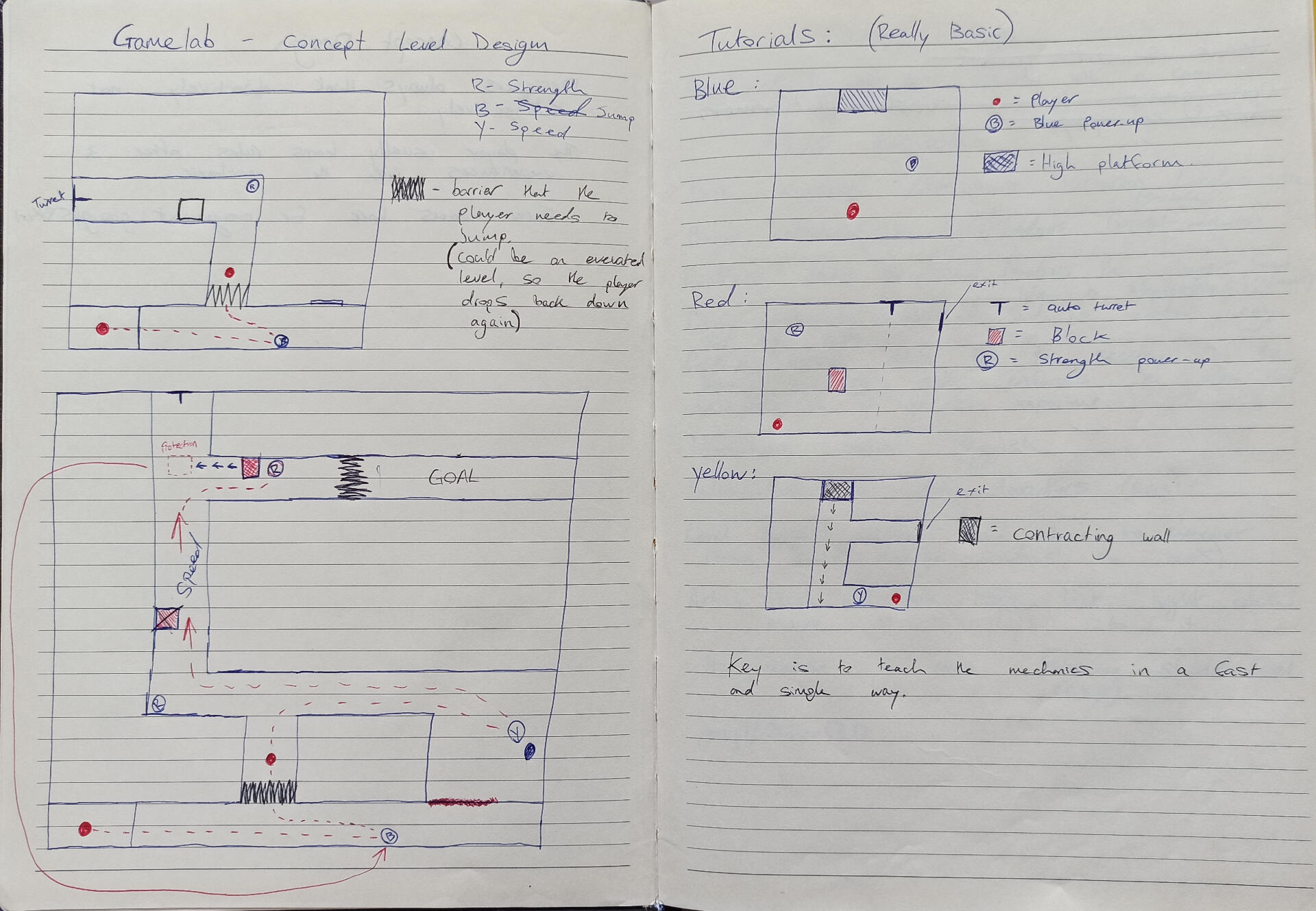
level design
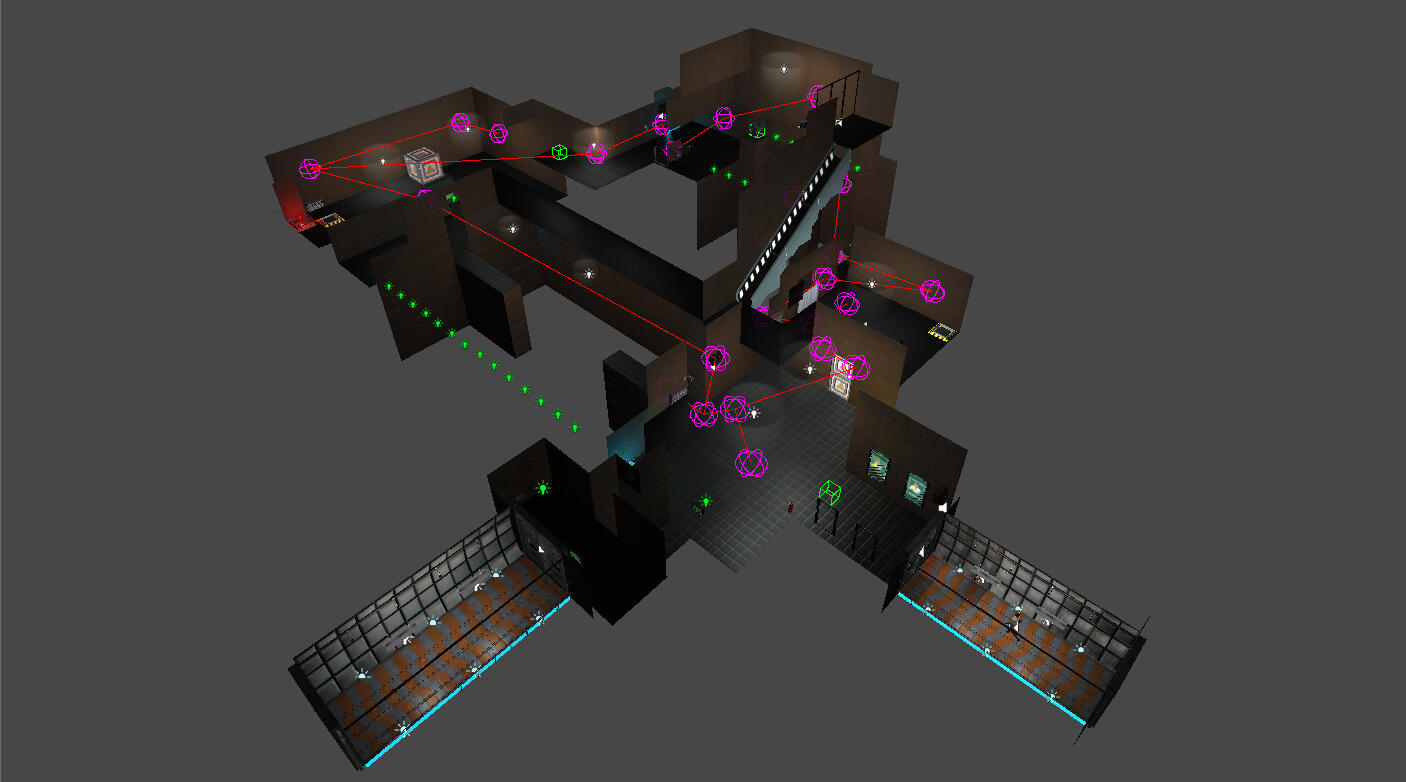
Levels were created in Unity, in which I created a basic blockout based on the paper designs. From there I playtested the completed blockout to see what was fun and what needed changing. The key to these iterations was to make sure the mechanics fit the level design proposals, which fundamentally led to enjoyable, fun levels to play. The fundamental gameplay mechanics were already made my the programming team so that the designers could playtest the levels immediately as soon as the blockouts were completed.
lessons learned
This was the first video game I ever worked on, and with a team. I was very fortunate to have great colleagues, with some of them already having game development experience in the past. I learned so much from them, from artists to programmers, producers and leads.The game received a grading of 10, which is the highest academic grade the university gave. Working on this project, I realised how much I enjoyed level design and how much I wanted to pursue it as a specialisation.Before this project, I didn't even know how a gizmo worked or how to scale, rotate, snap, etc. I was fortunate enough to have team members that were not only experienced, but understanding of my skill level. They showed me the ropes of the editor while allowing me to take responsibility for my work.
Gallery
onslaught (WIP)
Design Lead, Level Design & Gameplay Design
Breda University of Applied Sciences
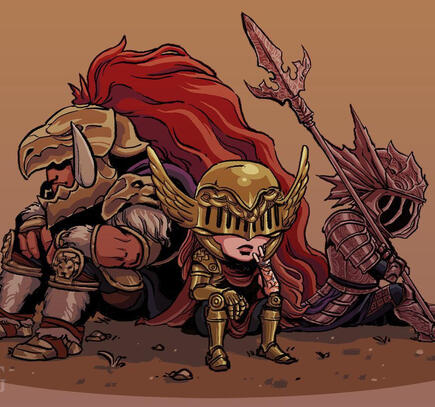
WIP
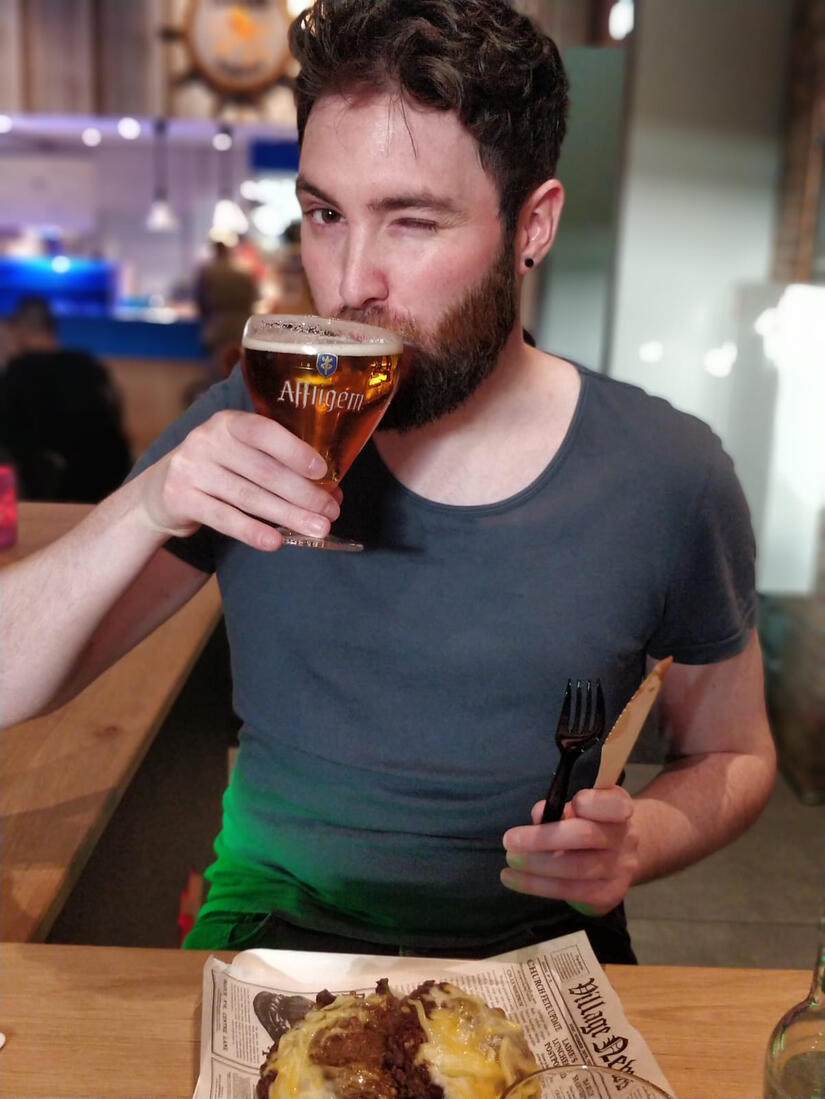
about
I started playing games at the age of four, with my first memories playing Alex Kidd in Miracle World for the Sega Master System. Since then, games have been an integral part of my life.When I was young, I would study and analise why I enjoyed some of my favourite games and what made them such powerful and personal experiences for me.I graduated from Breda University of Applied Sciences in 2019 where I studied in their game design programme. With the skills I've learned and the experiences I've gained, I was able to pursue my passion of level design. I want to create environments that draw the player in and give them permission to explore and discover.Feel free to have a look around. If you'd like to get in touch, you can contact me below.
skills
software
Level Design
Narrative Design
Quest Design
Game Design Documentation
Unreal Engine
Blender
Unity
Adobe Illustrator
Favourite games
interests
Dark Souls
The Elder Scrolls V: Skyrim
Metal Gear Solid
Shadow of the Colossus
Final Fantasy IX
Architecture
Hiking
Weightlifting
Nutrition
Economics
Personal Project: Sunken Friary
Role: Level Designer
Duration: 2 weeks
Tools: Unreal Engine & Blender
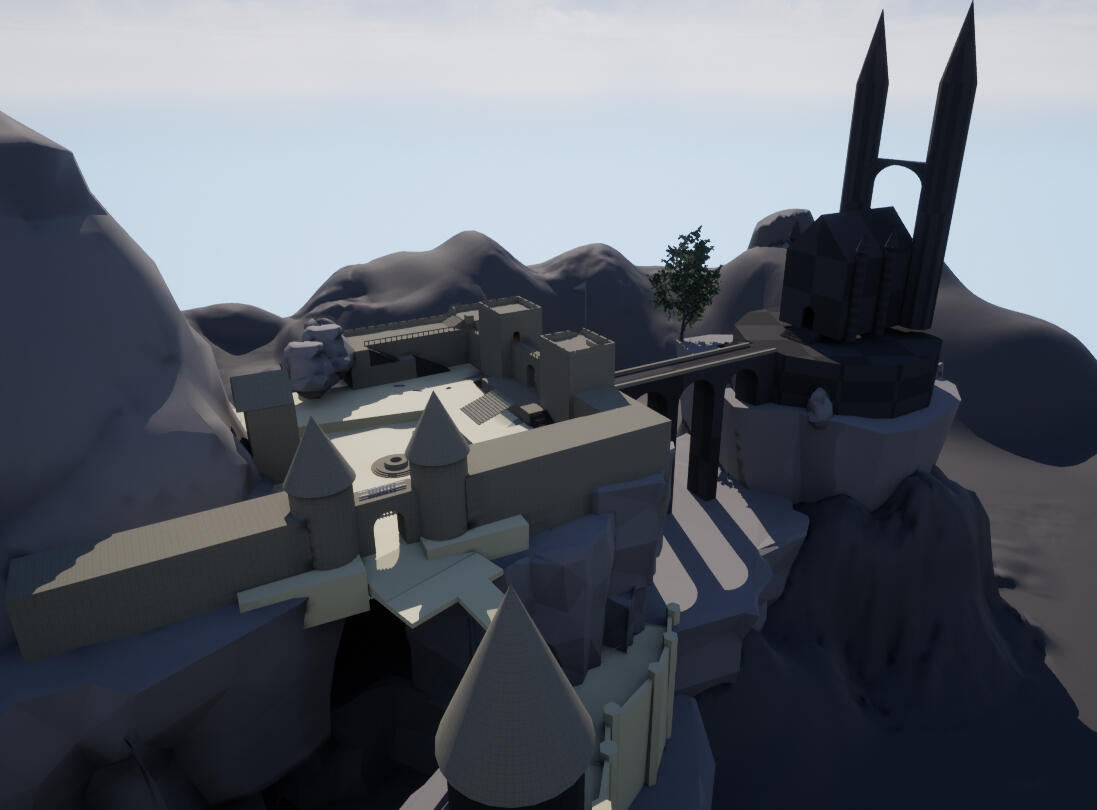
Background
This was a passion project inspired by the level design of Dark Souls. I wanted to create a level that I myself would like to make and play. Some of the key concepts I wanted to explore were vistas, shortcuts, architecture, and looping, interconnected elements.
Blockout
I started with working on a strong vista to begin with, not only is it a great way to show off a landmark/weenie but I find it's a great way to set a point to design to. In the beginning, I wanted to have a landmark that way elevated so that the player could progress upwards. However, later in blockout I changed this to be descending instead.After creating this vocal point, I draw a bubble map to pinpoint what I want to happen in the level. This includes primary objectives, secondary objectives, shortcuts, points of interest, etc. This grounds me in where I am going with the design.
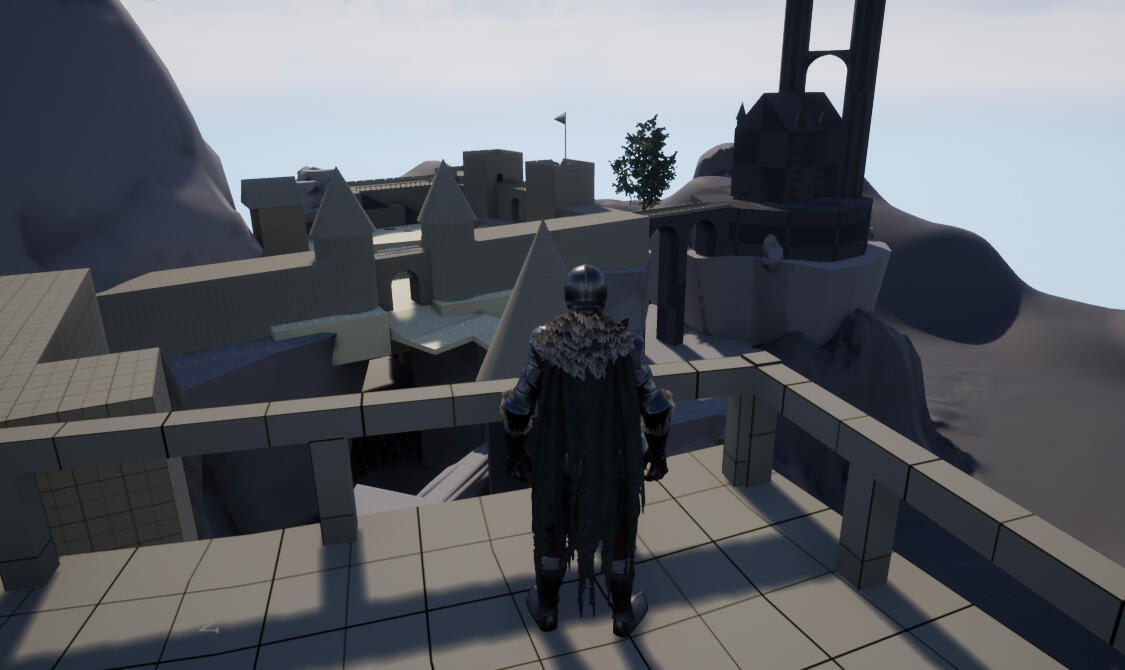
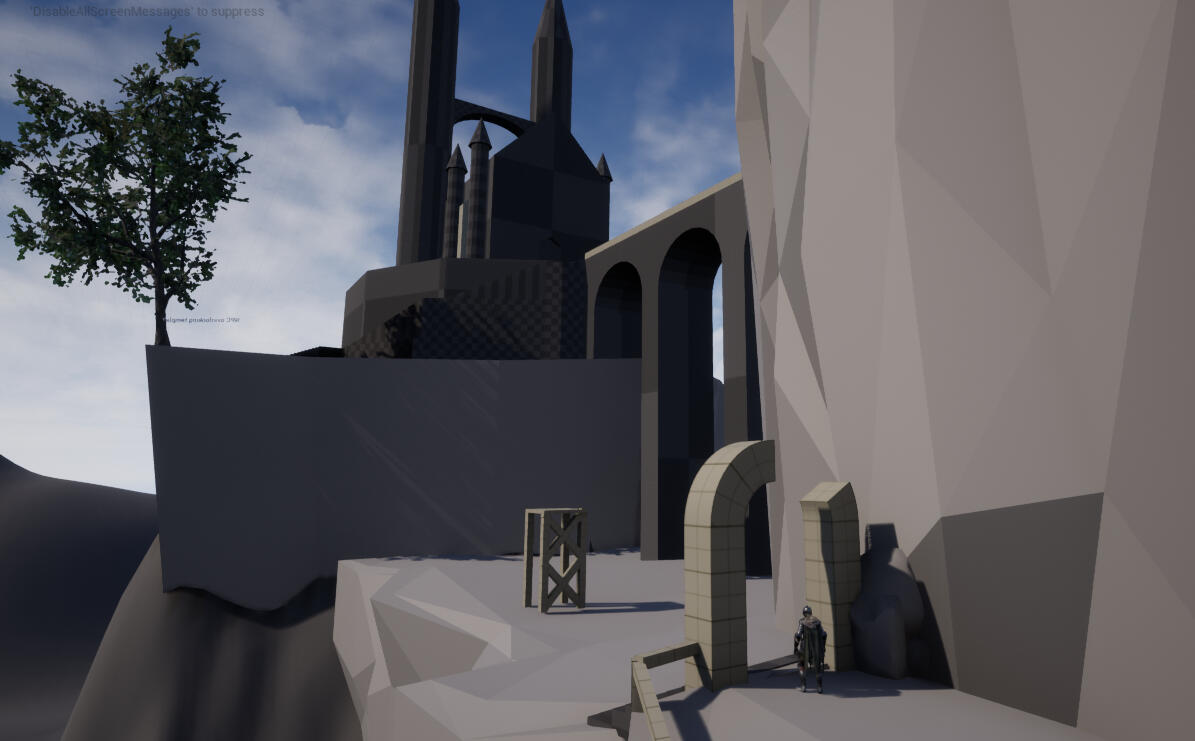
At this point I give myself freedom to work with forms and see what I can come up with. I can play with ideas such as where enemies will be placed, obstacles, interactions, item placement, etc. I try to keep everything moving fast and try not to worry about the details. I focus on getting a sense of scale and flow, rather than focusing more intricate designs.I like to keep landmarks/weenies in view most of the time. This helps keep the player focused on their objective (the church) which they've already seen at the start of the level. Keeping familiarity to the level design helps keep the player oriented. The player will loop around and come to a fort.
The fort is the mid section of the level and acts as a secondary objective to get to. This is a more structured area with strong use of buildings, towers and gate houses.In this area the player has to fight their way onto the battlements and into the gatehouse to unlock the gate to proceed.

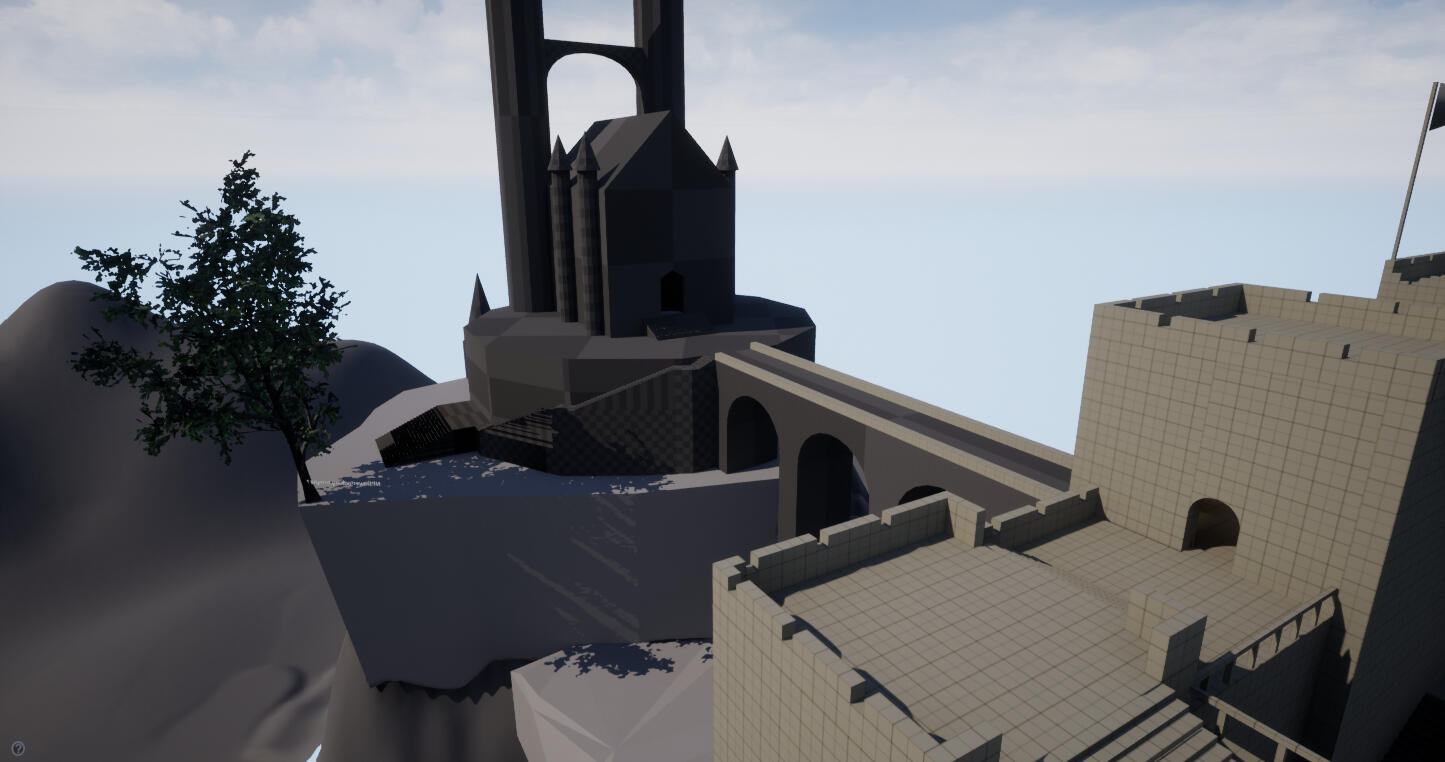
After the gate is unlocked, the player crosses the bridge and into the church. The player receives a key that is used for a lift that will be used to be lowered to the bottom of the level.When the player exits the church, they are then met with another vista of the second primary objective. They will then walk down towards the tree where they will meet an NPC character. The character will tell them about the area, proving story and context to the friary.
The player descends down through the lift and entere the cathedral where there will be a boss fight.After the boss fight, the player can use a lift that will take them back to the fort where they were before. This unlocks the shortcut and closes the loop of the level.
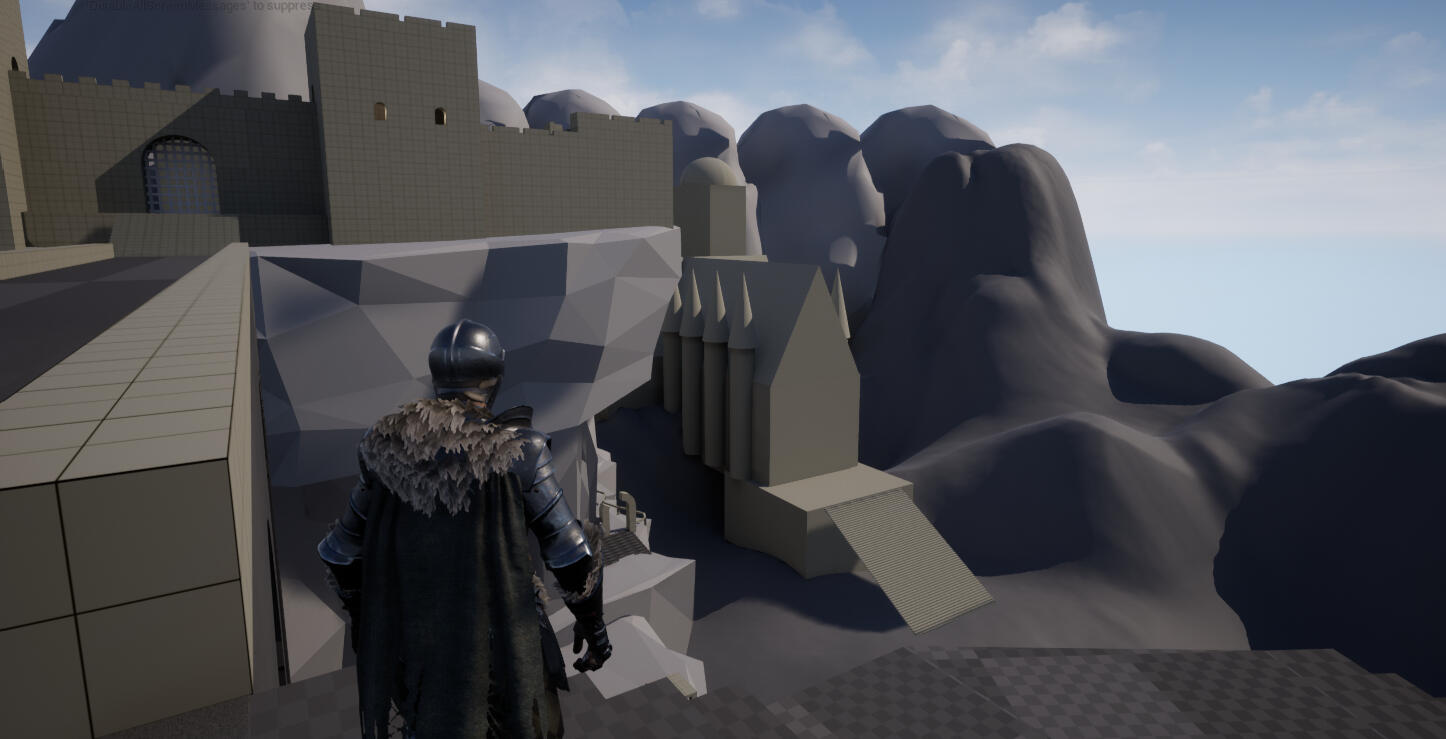
lessons learned
One of the biggest things I learned with this project was learning to not get into too much detail. In some areas it took longer to blockout because I wanted to get into the detail. This caused distractions somewhat and broke the flow of blocking out the larger areas.I would like to come back to this project and add enemies and combat. Walking through the level is fine but I think having actual enemies and combat encounters would be great to flesh out the broader experience of the level.I also got to try Blender's "send to Unreal" tool which allows meshes to be exported directly into an Unreal level in realtime. This was great fun to use and something I'm going to practice more in the future. All the cliffs, rocks and mountains were created using this.
Gallery
